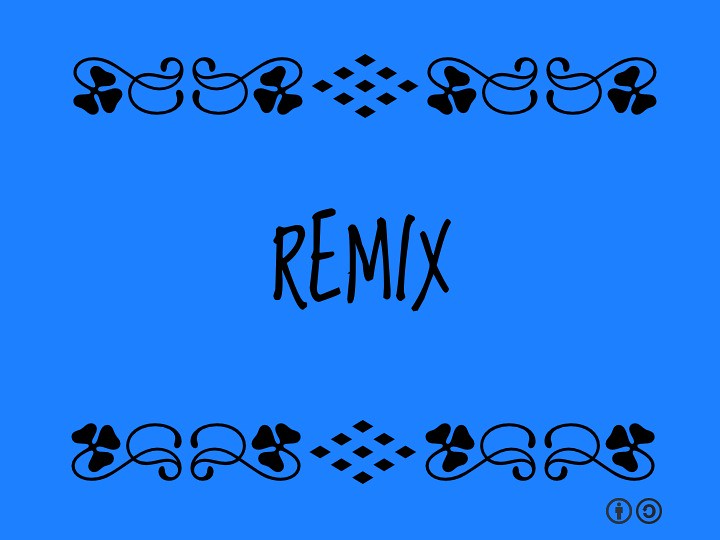The art of remixing has been a part of the music industry since the 1950s, and has gained new popularity in the modern era. Remixing takes an existing song, and freshens it up with twists that make it sound new and exciting. It is the perfect way to give a classic a modern spin, or to add a unique twist to a favo
1. Understanding the Art of Remixing
The art of remixing is a skill that demands a creative mind and a love for music. With the right tools, a deep understanding of the core elements of remixing and the condition of the original material, a producer is able to bring a song to life in different ways. It is possible to recreate and give melody, give distinct colors to atmosphere and provide unique structures to the music.
Here are the essential elements a producer needs to master when remixing:
- Refine the groove: Sub-genres of dance music such as Drum & Bass and House are heavily based on the muscle of the groove. Thus this element has to be totally overhauled to fit the remixer’s palette.
- Choosing the main emotion: Every track should have a main emotion which should be expressed in order for a remix to make sense.
- Explore the soundscape: The remixer’s objective should be to craft a new soundscape accompanied by bringing new layers of atmosphere by creating a unique sound and creating a coherent track.
Once a producer gets the hang of these core elements they will be able to create a unique remix. Feel free to be experimental and bring your own style to the track.

2. The Benefits of Remixing
Remixing is a great way to explore one’s creativity and provide a unique spin on existing musical compositions. It allows musicians and DJs to express themselves while collaging sounds from other sources. Here are some of the key benefits of remixing:
- Interpretation of emotions: Remixing provides musicians with an outlet to convey different emotions and perspectives. They can push and pull on the sounds of existing songs to manifest a new vision with their spin.
- A fresh approach: Remixing enables artists to make use of pre-existing materials to create something entirely new. It allows artists to become more creative by finding innovative approaches to existing works.
- Recognition: The popularity of remix culture provides recognition for the DJs, producers, and songwriters who create original works. Often times, DJs are encouraged to remix popular songs to attract more attention.
Remixing can also serve a practical purpose. Remixing can save time and energy, allowing DJs to craft tracks quickly and easily. Additionally, DJs can create completely new versions of existing songs for performance purposes. Finally, remixing provides a great platform for new and emerging songwriters to build up their portfolio and showcase their talents.

3. Remixing Strategies to Follow
When it comes to remixing, the strategies that you use can make or break the process. Here are some key points to consider when remixing and tips for staying on the right track:
- Never sacrifice creativity in favor of any single component.
- Ensure your sound design is top notch.
- Get feedback from other producers to gauge your work and get new ideas.
Start with the Right Elements: A strong remix starts with quality source audio. If possible, have a range of samples from multiple sources. This allows for creativity and experimentation with the elements at hand and increases your chances of crafting a truly unique track. Keep an ear out for drum hits, interesting vocal snippets, or even analog sound effects to offer something special.
Don’t Get Stuck in the Loop: Being creative is one of the most important parts of remixing. To achieve this, be sure to try new techniques and experiment with the signal chain. By changing up sounds and patterns, you can push the boundaries of what’s possible and discover new combinations. Be fearless and take chances, you never know what will arise from the sonic soup.

4. Making Your Remix Unique
Using Samples:
When it comes to making a remix sound unique, using different samples can be a great way to go. Look for samples you can add in to add an extra layer of depth. Maybe add in a spoken word section, a repeating sample or try to use a vocal sample in unexpected places. Sampling old music and sounds can create something entirely new and can make the remix have an interesting layer of energy to it.
Incorporating Instruments:
Adding instruments to the remix can take the sound to a whole new level. When remixing, it’s a great way to layer sounds. Consider different instruments like keys, strings, flutes and synths. The possibilities when it comes to adding instruments are endless so experiment to find what works. It may even inspire you to write your own melody or chord progression. Or, adding a live instrument can keep the track interesting and unique. Remixing can be an art form for anyone who takes the time to explore it. Through dedicated practice and an open attitude, you can develop your own unique style and create fresh spins on beloved songs. Why not try remixing your own music today? Who knows, perhaps you will find your own catchy new spin and join the ranks of the song remasters.

